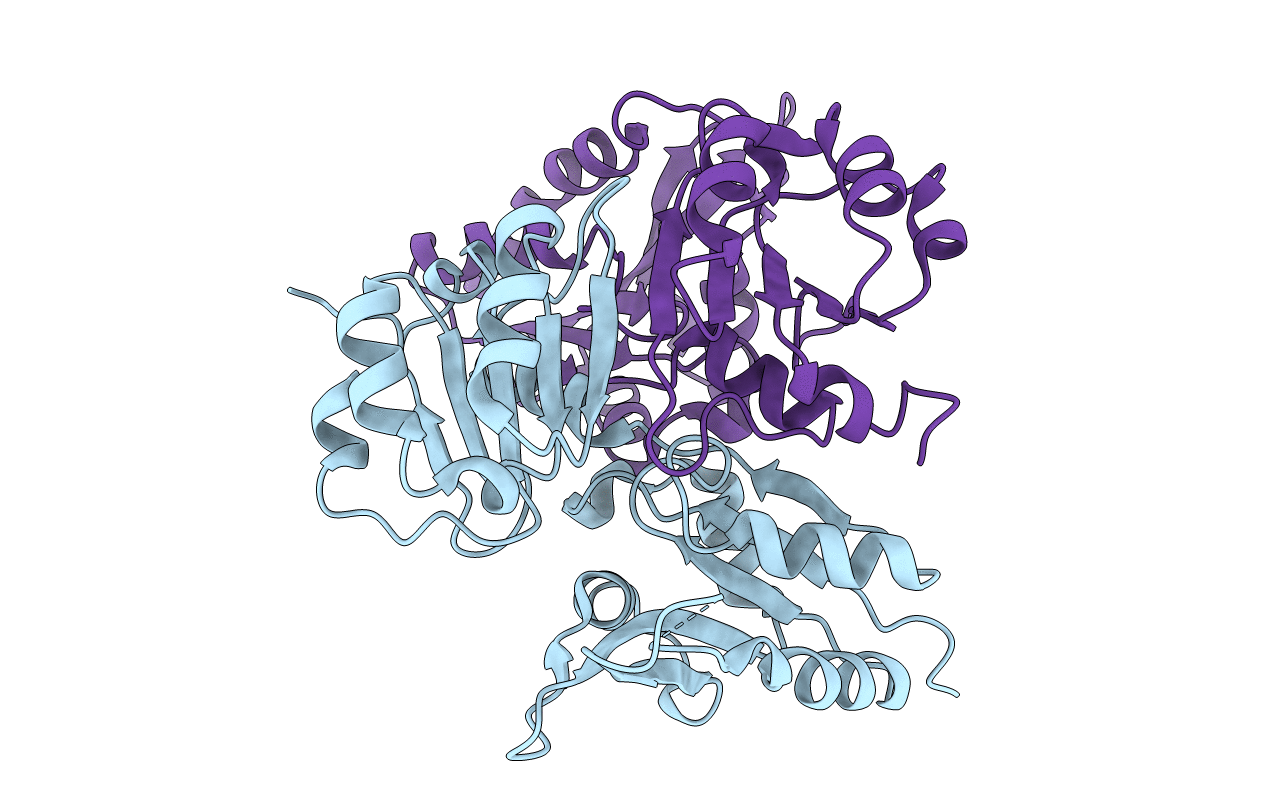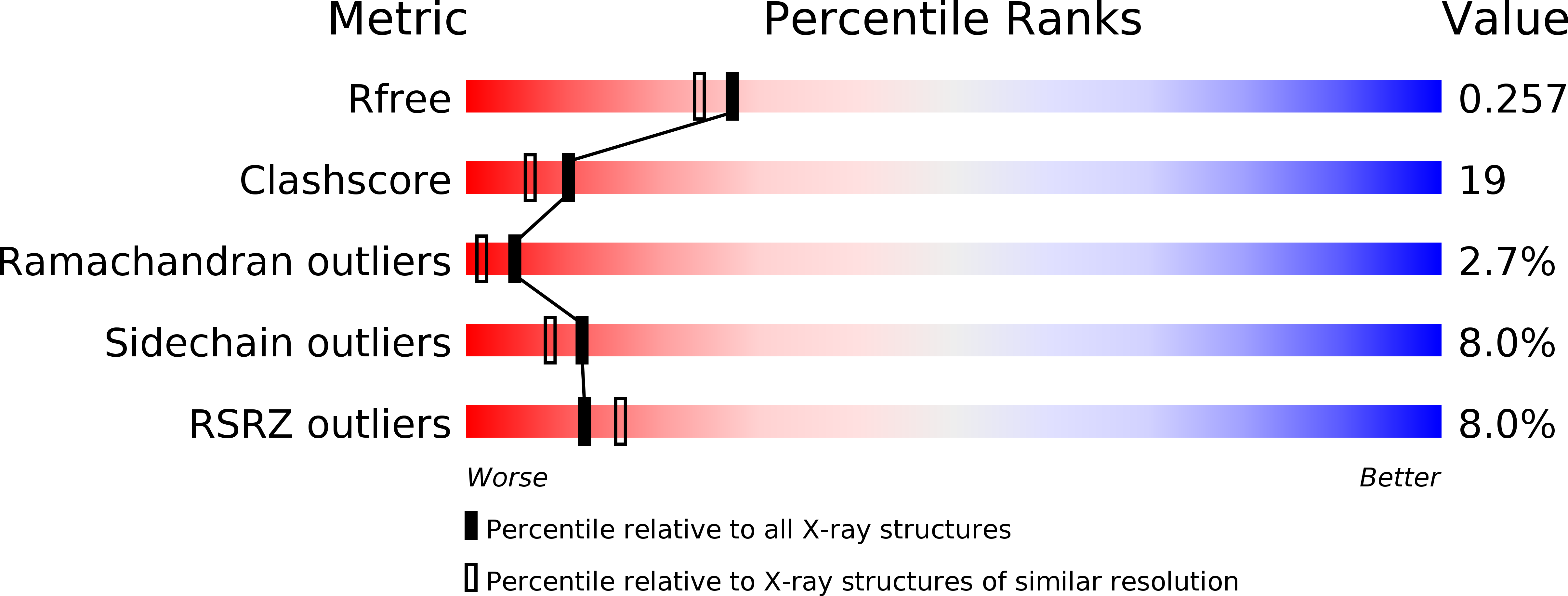
Deposition Date
2006-10-10
Release Date
2007-01-16
Last Version Date
2023-10-25
Entry Detail
PDB ID:
2E0K
Keywords:
Title:
Crystal structure of CbiL, a methyltransferase involved in anaerobic vitamin B12 biosynthesis
Biological Source:
Source Organism:
Chlorobaculum tepidum (Taxon ID: 1097)
Host Organism:
Method Details:
Experimental Method:
Resolution:
2.10 Å
R-Value Free:
0.27
R-Value Work:
0.21
R-Value Observed:
0.22
Space Group:
P 43 21 2


